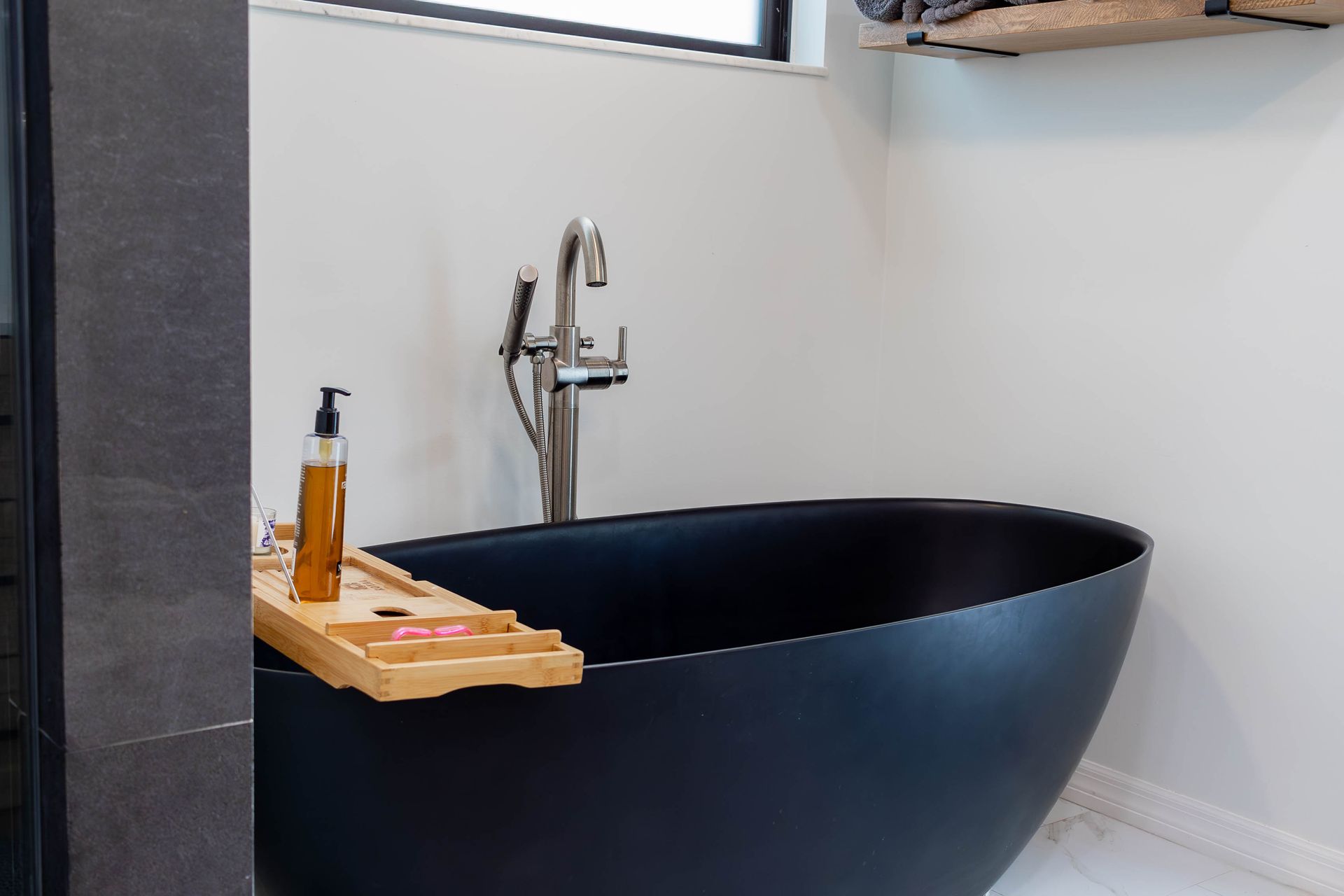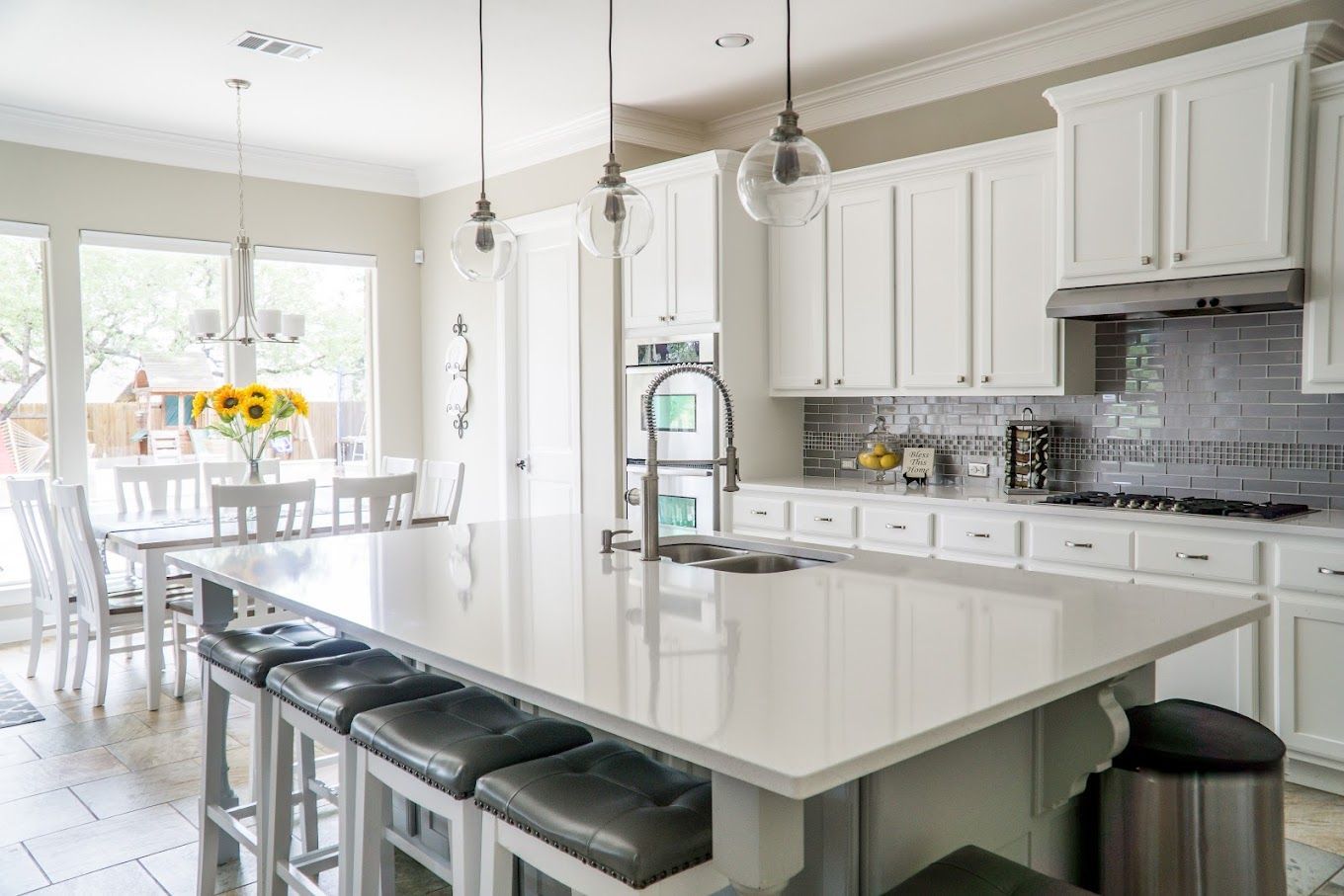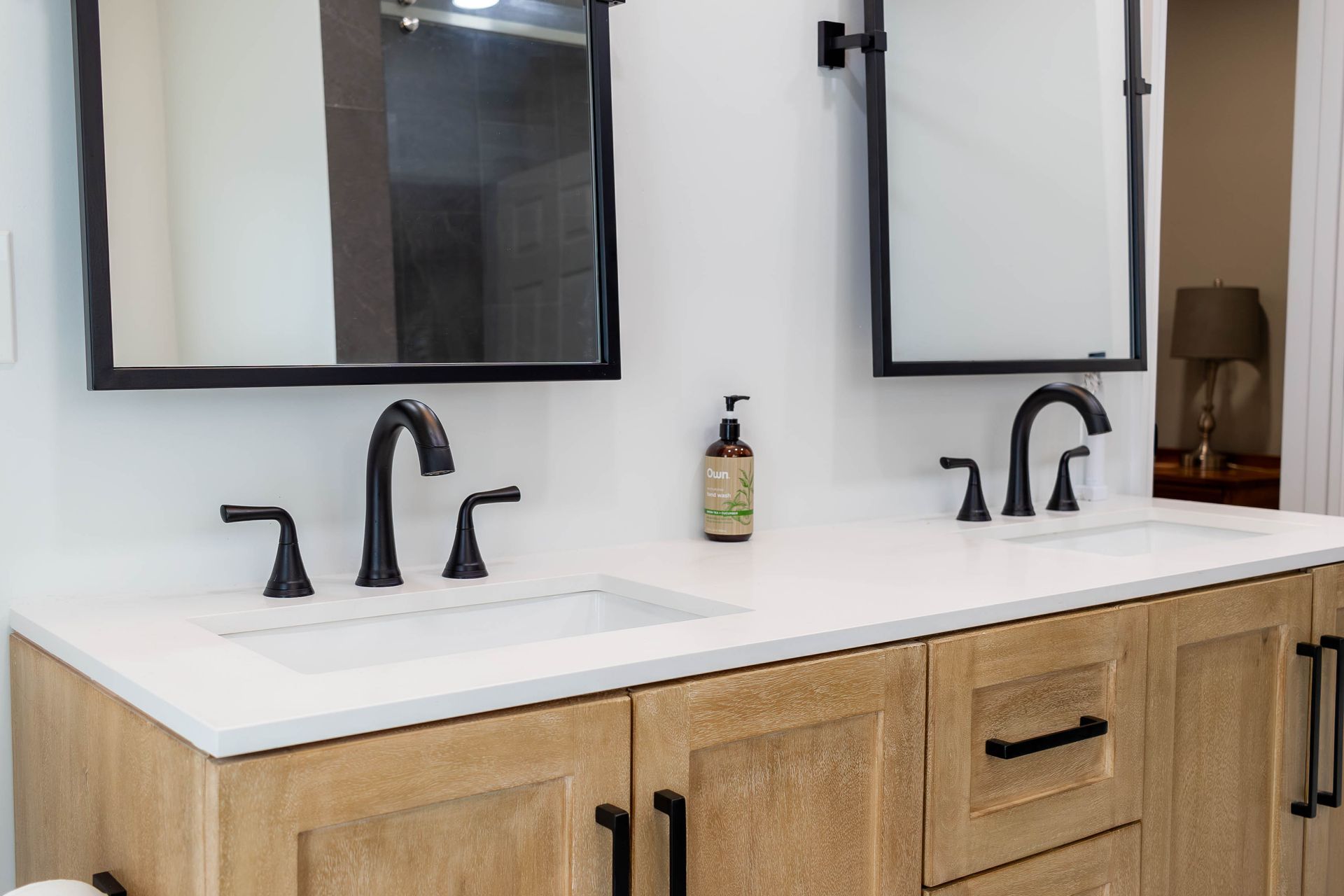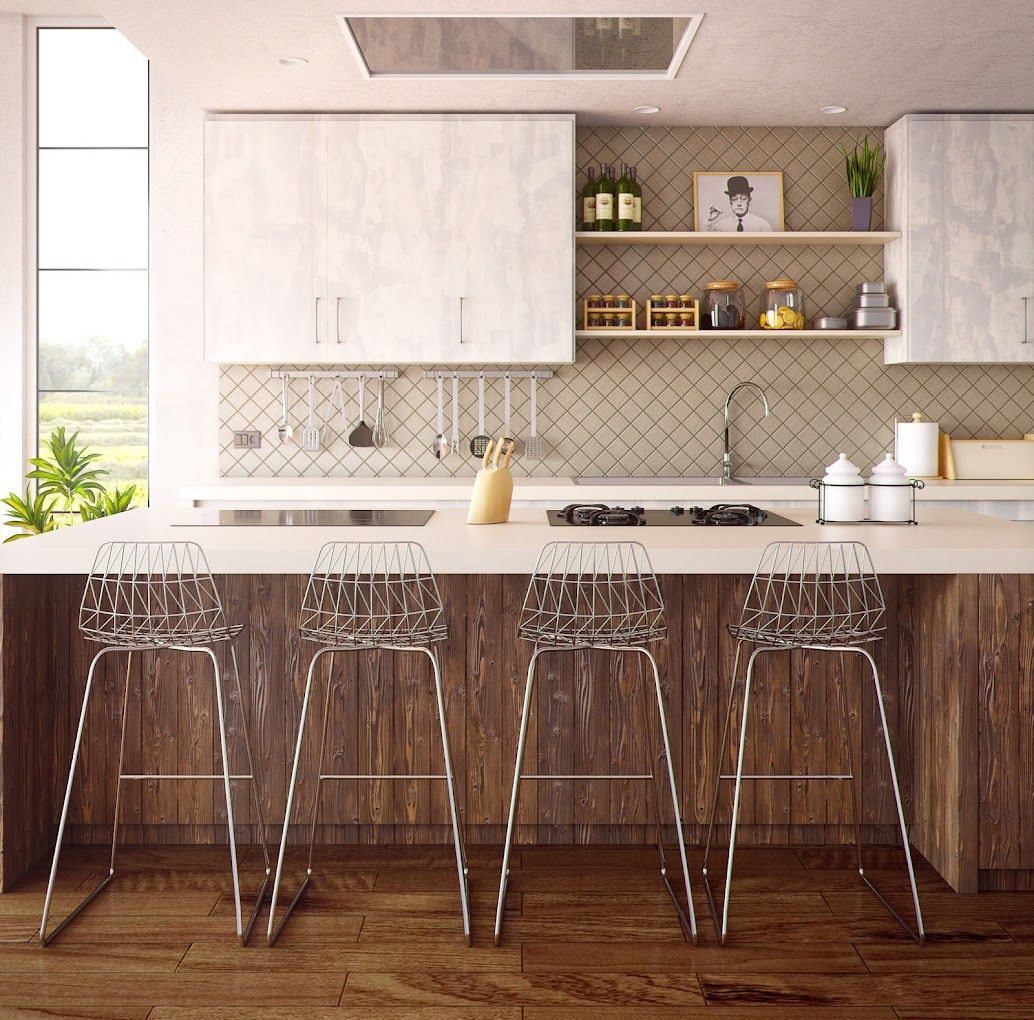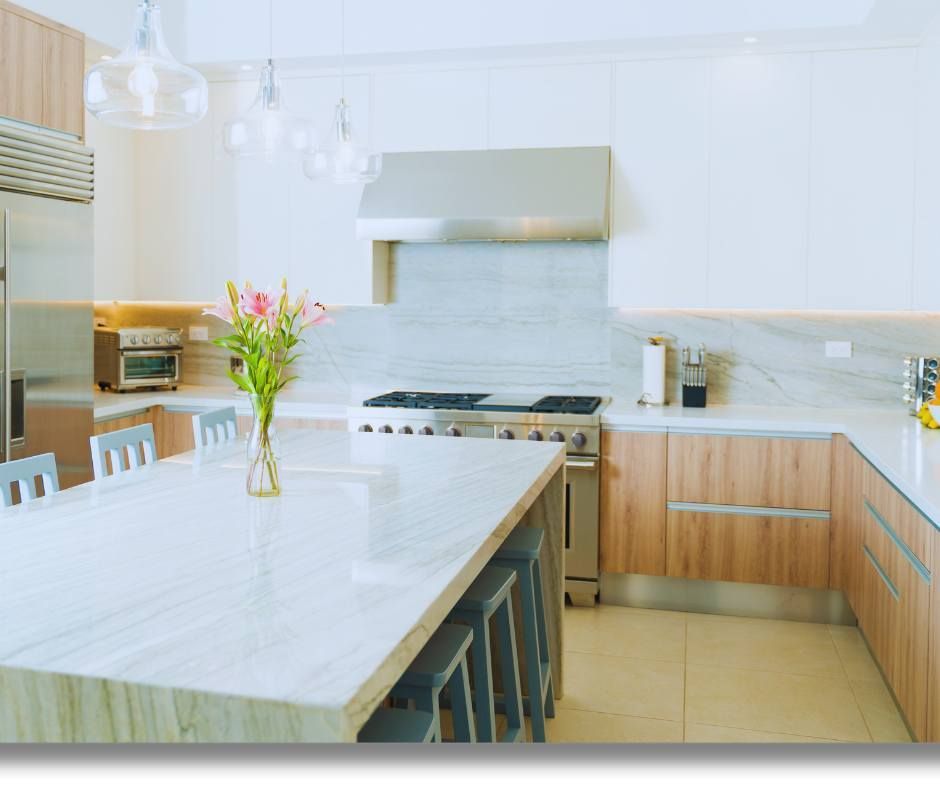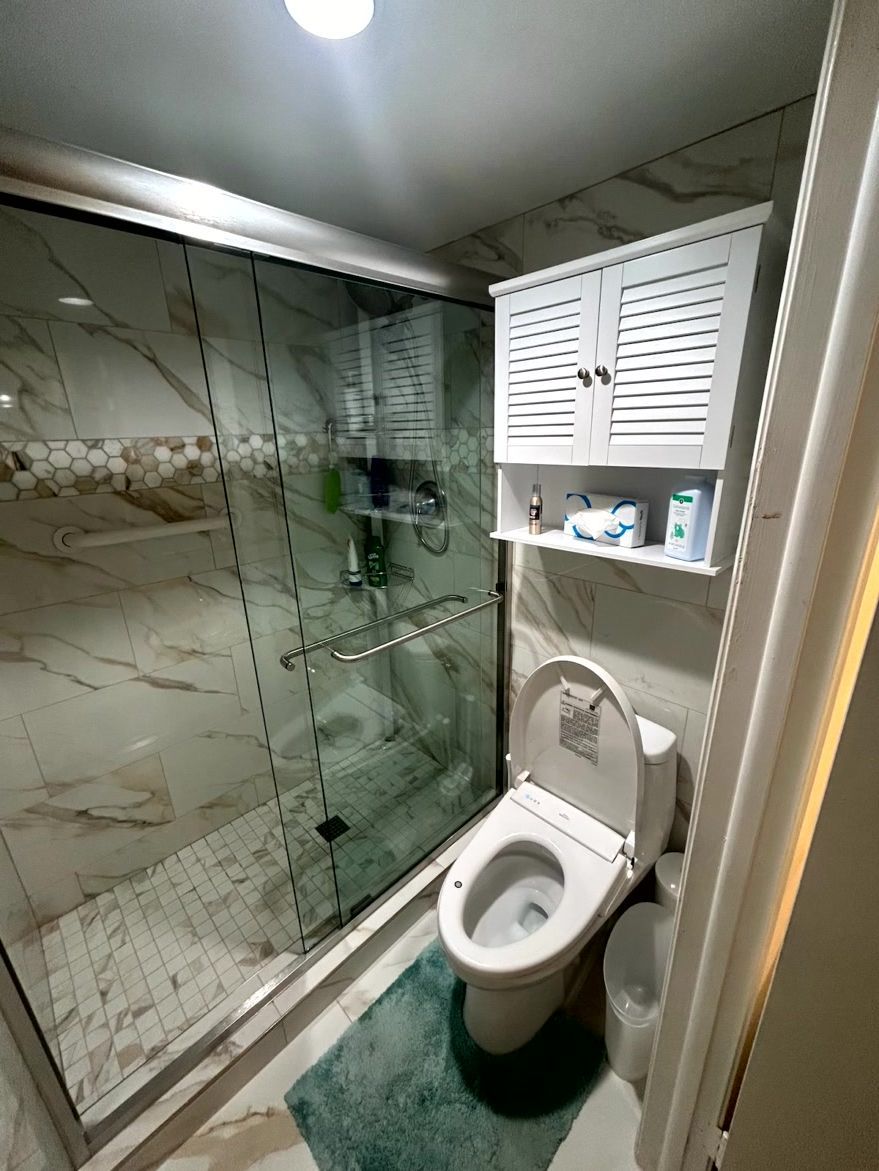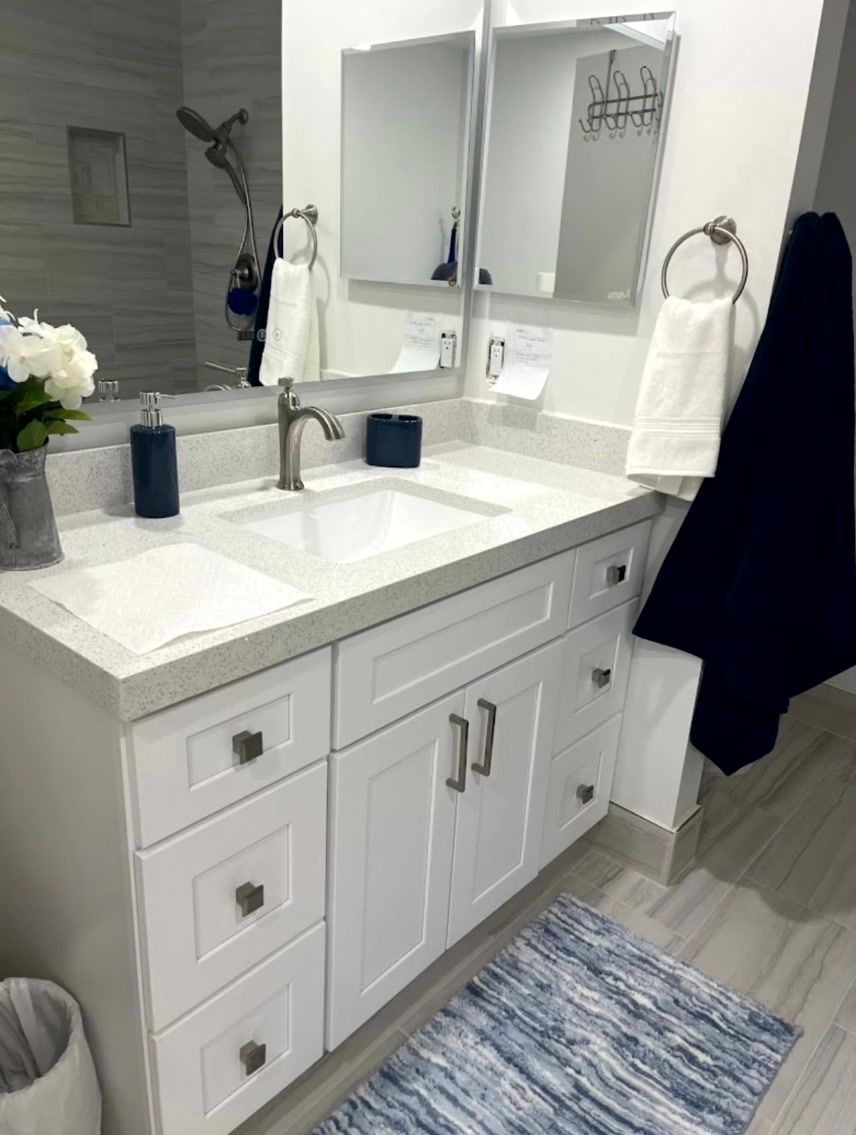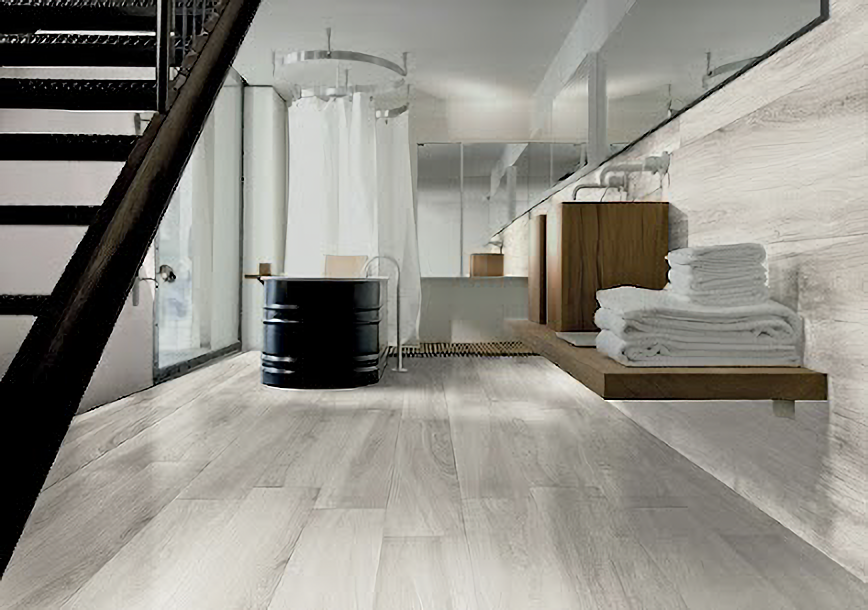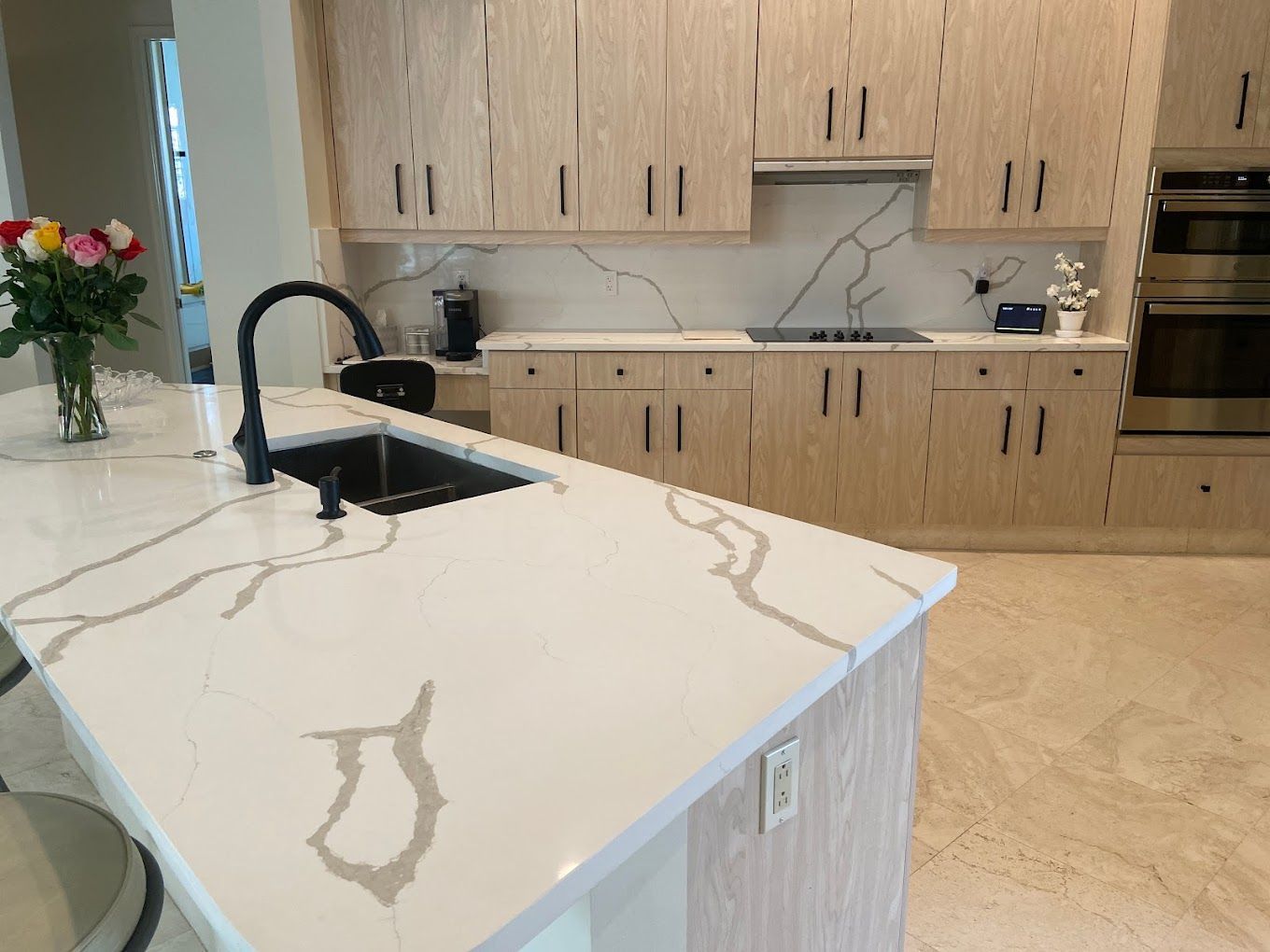What Goes Into A Bathroom Remodel?
Redoing a bathroom seems like a simple task, but there are many moving parts. Unfortunately, it’s not as simple as replacing that ugly tile the builder put in. In this article, I will go over some of the things that go on behind the scenes to help you better budget your next bathroom remodel.
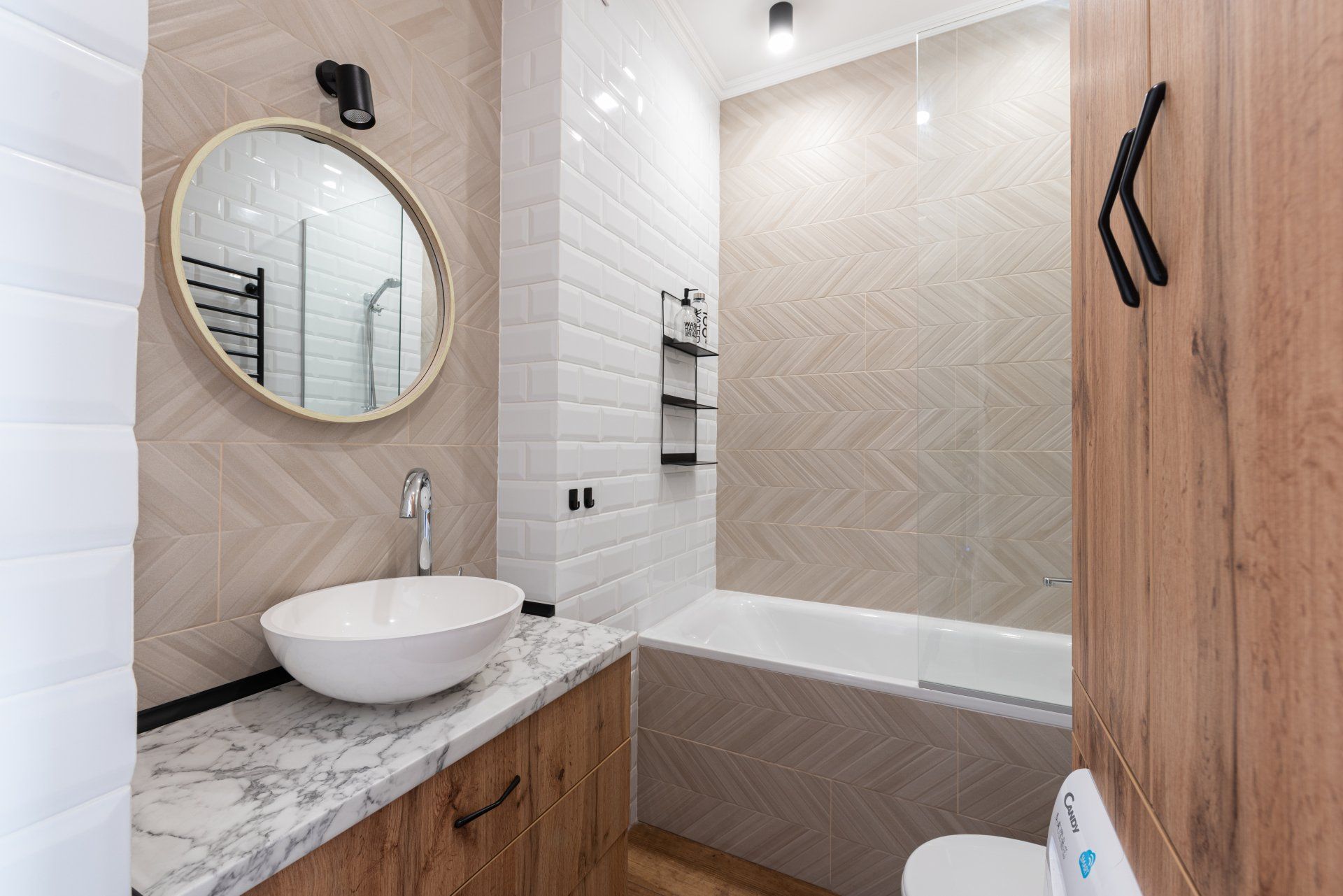
Cosmetic Items
First and foremost, cosmetic items are the part everybody loves: lighting, vanity cabinetry, hardware, mirrors, and an assortment of different wall and floor tiles. These items will guide us in what we plan to accomplish with the bathroom remodel. Do you want a larger shower? An extended vanity? Removing a built-in tub? These more cosmetic-based questions will help drive us to appropriate budgets for the labor to come.
Labor
With any renovation, labor will be a huge portion of it.
Demolition
To start, we need to do some good old-fashioned demo. This is pretty self-explanatory: taking out what you don’t like to prepare for what you do like.
Plumbing
Plumbing is likely the biggest ticket item labor-wise. Some standard procedures your plumber will be responsible for include:
- Relocating or replacing existing vanity fixtures and valves
- Relocating or replacing existing shower valves
- Installing or replacing diverter valves
- Installing a new shower pan
- Removing plumbing work for a tub or installing new pipes for a new tub
Depending on how severe a change you desire, this price can fluctuate heavily. The more relocation, the pricier the plumbing bill. Also, items like the shower pan (the waterproof barrier underneath the floor tile that prevents leaks) are usually recommended to be changed every 10 to 15 years. So, if you are already redoing your shower, it makes sense to have all these plumbing items redone and up to current Florida building code.
Electrical
Unlike other renovations, electrical work should be pretty minor—mostly new lighting solutions and changing or relocating outlets for different items. However, the electrician still needs to be paid, so an allowance should be made.
Framing
When ripping out your existing shower, you will notice a special type of drywall behind it. This will need to be replaced as well. New moisture-resistant drywall will need to be installed, and that's not all—a layer of waterproof membrane like RedGard will need to be placed on top. So, what started out as just wanting to replace tile turned into replacing the three or four walls that your tile sits on. Also, if you are planning to remove or build any walls in the bathroom space, this needs to be accounted for.
Tile Installation
Now, at this point, the tile material should be ready. I always recommend ordering 10% extra for cuts and waste material. After the demolition and the framing, the tile is ready to be installed. It's important to hire an experienced tile setter who can install tiles professionally. There are a few more decisions to make during the tile installation:
- Stagger: Staggering the tile is one way of creating a pattern. You might want each tile to be even; some other options are 50/50 or 70/30. This controls how the grout lines up.
- Grout: Some people love it, and some people hate it, but grout is something we need to live with. The tile material and installation will determine the thickness of the grout lines, and we need to fill that grout line with a colored grout.
- Benches and Niches: Some showers have the space for a bench, which can range from a space to put a leg to help wash or shave, to a big enough area to sit down on. Niches are indents in the walls that can be used to store different soap bottles. This area can be decorated either with the same tile or a different mosaic pattern depending on your taste.
Shower Glass
Last but not least, we have the entrance to your beautiful new shower. At Liberty Kitchen, we always include custom frameless shower glass that will open based on the requirements of the space. Doors can open regularly or with a sliding mechanism. This is one of the last items and will be completed after the bulk of the work is done.
Conclusion
Each project is different, so what you are planning to do might require a larger scope of work than the items I listed here. This article is based on what I look for as a kitchen and bath contractor when I am going to see a potential job.
